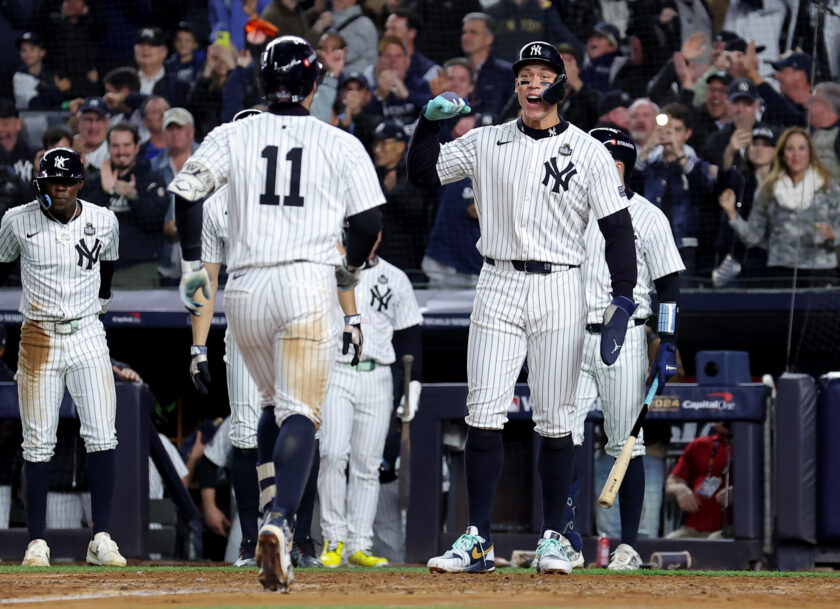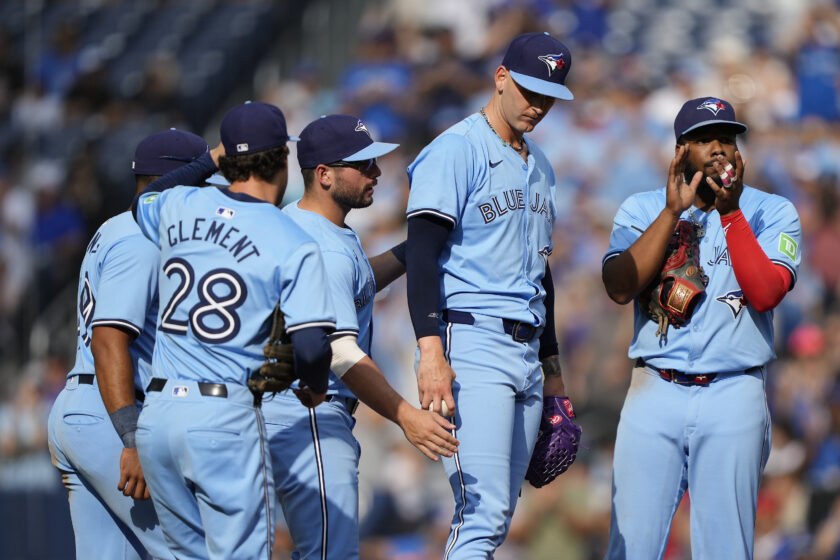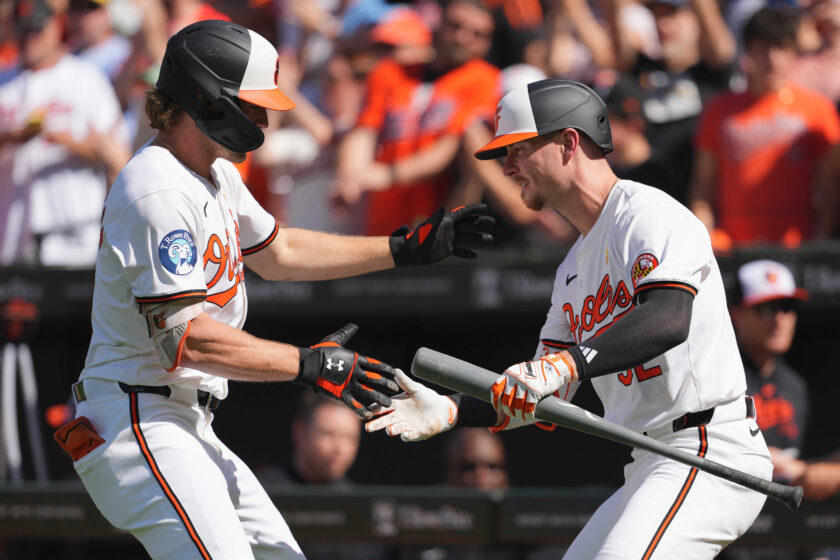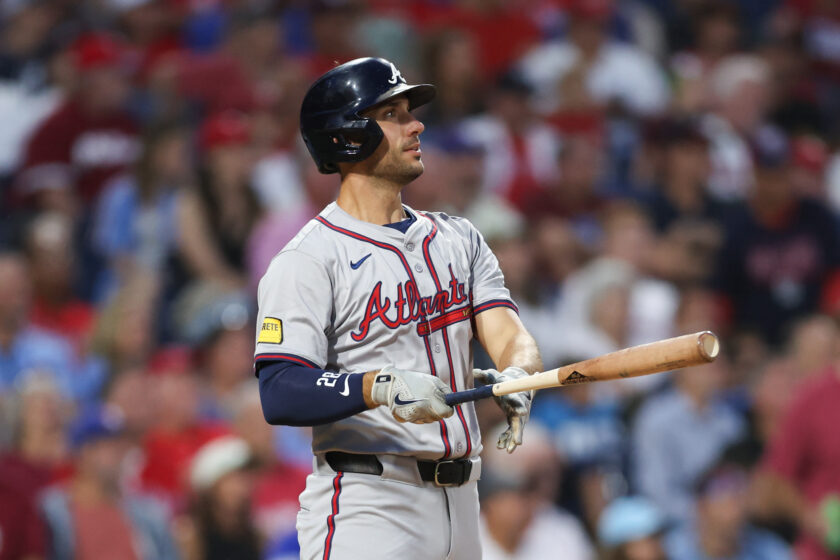MLB: Fixing The Dreaded Qualifying Offer Tactic Is A Must
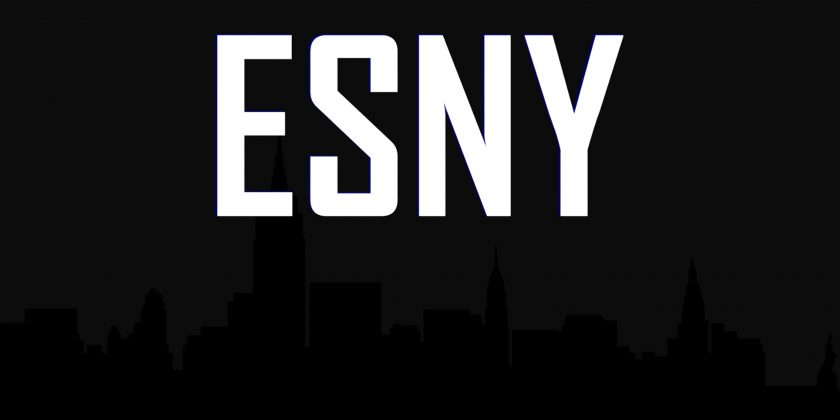
With the recent fallout over the MLB qualifying offer, we dissect why it’s imperative that the rule must be changed.
By William Chase
 Now we have a little more info on exactly what went down between once thought-to-be Baltimore Orioles, and back to current, Chicago Cubs outfielder Dexter Fowler.
Now we have a little more info on exactly what went down between once thought-to-be Baltimore Orioles, and back to current, Chicago Cubs outfielder Dexter Fowler.
According to Peter Gammons, who spoke with Fowler, this is how it went down:
“We never really were close,” Fowler said regarding a contract with the Orioles. “They wanted me to pay them what they said the draft choice I was costing them was valued at. They wanted me to pay them for the pick. So we said, OK, then give me an opt-out after one year, and they said that’s something they won’t do.”
The situation only benefits Fowler. He gets $13 million for one season, gets to play his comfortable center field, and can test the market again for 2017.
Find out how baseball’s qualifying offer is screwing up free agency. #MLB #HotStovehttps://t.co/bgWigCcQFm
— Elite Sports NY (@EliteSportsNY) February 9, 2016
You can’t blame Fowler. Maybe you can’t even blame the Orioles for trying to save money wherever possible. But this is the way the game is set up. The qualifying offer game.
As Bill Baer of NBC Sports alludes to:
“When a player is set to hit free agency after a season, his team can make a qualifying offer, which is the average of the top 125 salaries.”
The above only applies if the player was with that team for the duration of the prior season.
For 2016, the qualifying offer was valued at $15.8 million. Players either agree to that offer for one year, or can reject, and become a free agent. Then draft pick compensation is attached to the player, and the new team would lose a first round pick.
Since teams with the 10 worst records are protected from giving up a first round pick, and the Orioles were not one those teams, they lost the 14th pick when they signed Yovani Gallardo.
Forget the fact that teams, who are worth hundreds of millions of dollars, are haggling over a few million dollars with players. Both want to capitalize: The Orioles, and MLB teams in general, on the most production for the bang of their buck, and the player wanting the most money teams are willing to dole out.
Who knows if either Fowler, nor the Orioles are telling the whole truth. Is this simply a case of don’t hate the player, hate the game?
Fowler’s agent, Casey Close, ripped Orioles’ brass, saying they leaked news of the signing with Baltimore before it was official.
“In my 25 years in this business, never before have I witnessed such irresponsible behavior on so many fronts.”
It’s sure easy for you and I to look at the dollars that athletes get. A one-year, $15.8 million salary is awfully enticing. But so is $70 million, and $100 million. Every player garners the right to test the market and try to get the most lucrative contact they can get.
Former Milwaukee Brewers’ pitcher Kyle Lohse offered his thoughts regarding the qualifying offer versus the big payday to ESPN via Jayson Stark a year ago:
“First of all, I’m happy with where I’m at. It was a kind of a strange route to get here. But when you’re a guy who’s put in six, or in my case I think it was 10 years, to become a free agent, you want that opportunity to go make the most of your opportunity and profit from all your hard work. And to have something that penalizes someone who’s not a superstar, when your best and almost only option is a one-year deal, that’s just not fair.”
There’s also the assumption that a player who agrees to a one-year deal, does so to try to cash out on a big year the next offseason. The adverse effect to signing a one-year deal, that is often overlooked, is the potential that player could have a subpar season, and doesn’t get a big contract offer.
It’s not really fair to punish players due to teams not wanting to sacrifice draft pick compensation, and I don’t blame the teams for not wanting to relinquish picks.
Desmond, Fowler, Gallardo show flaw of qualifying offer system https://t.co/5SIY2nvy0v pic.twitter.com/G249vbh4Nq
— Sporting News MLB (@SN_Baseball) February 4, 2016
As it stands, superstars are going get paid no matter what. Players that are very good, the Dexter Fowlers of the world, are going to continue to find themselves in the same situation of waiting for a free agent deal, with the potential they don’t sign until well into Spring Training.
So what’s the solution?
As Stark points out, teams might want to spread the wealth, so-to-speak, opting instead to sign the player for one year, but then talk multi-year so that they don’t owe as large a sum at once. As it stands, players on good teams are the ones who will suffer this fate the qualifying offer brings. Because a player traded mid-season automatically becomes exempt from having the qualifying offer attached to them, teams like the Cubs had Fowler the whole season, and thus would have been awarded the draft pick compensation.
If the amateur draft is going to be tied to the qualifying offer, and the potential to lose/gain based solely on where a player happened to play the season prior, then tweaks, if not wholesale changes, need to be implemented.
While the desire remains in place to protect small market teams, while not punishing players due to playing a whole season with a club, and trying to maximize their earnings, why should a player be penalized because of a team not wanting to lose a draft pick? Can there be a way to subject “elite” players to qualifying offers?
Obviously a David Price is going to get his money, and the teams who are willing to spend the big bucks probably won’t mind losing a draft pick in that scenario.
The Arizona Diamondbacks had a 2014 payroll of $112,315,000, down to $88,187,000 in 2015. The addition of Zack Greinke means they lose the 13th overall draft pick to the Los Angeles Dodgers. However by also acquiring Shelby Miller from the Atlanta Braves, which came at a hefty price tag in terms of prospects given up, the D-Backs are more likely ok with that tradeoff since their moves are showing they’re in it now to win it.
https://www.youtube.com/watch?v=LgUiCsj7X50
There’s probably no perfect way to solve this qualifying offer quandary, outside of just taking away the qualifying offer, and loss of draft pick compensation altogether.
Perhaps one solution is to assess the true worth of the qualifying offer for individual players. Instead of the current setup based upon the average of the top 125 salaries, qualifying offer figures could instead be doled out to individual players based upon a more exact parameter they meet.
Certain players, based on service time, may or may not be attached to draft compensation. Age or salary brackets could help determine the price players are offered from teams, and therefore the subsequent draft pick compensation that is attached to the player if they elect to become a free agent.
In turn, teams might have a better idea as to whether they want to risk signing a player attached to draft pick compensation sooner, as players, who rejected a smaller qualifying offer, might be more attractive as a free agent. Of course player salaries will continue to rise based upon the bidding from teams.
But in this case, enough teams bidding on these players will increase the likelihood of signing before Spring Training.
But again, if this whole qualifying offer setup is to help small market teams get something in return for losing a player they can’t, or don’t want to, re-sign, and since the luxury tax is essentially a soft cap, maybe it’s time to institute a hard salary cap.
That’s going to ruffle feathers as well.
NEXT: The New York Yankees Still Own The Big Apple
William Chase is editor at Elite Sports NY, and has been featured on such prominent websites including Bleacher Report. William is also currently the Marketing & Media Relations Intern for the Augusta GreenJackets.

